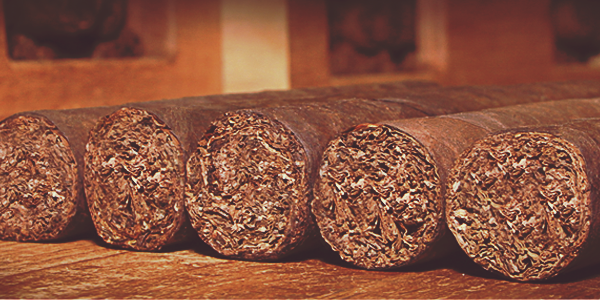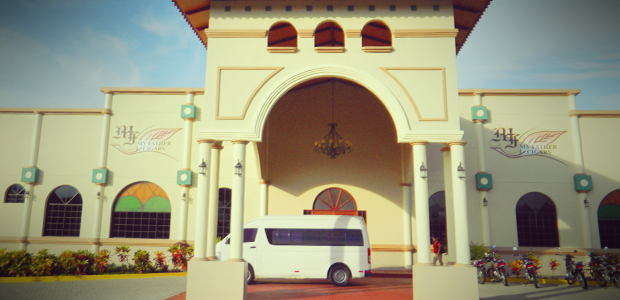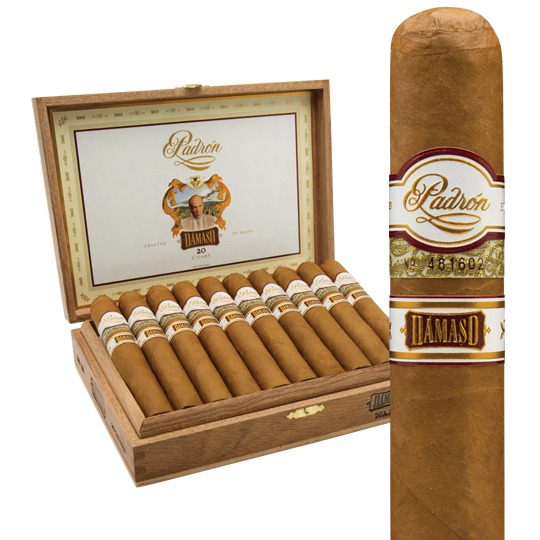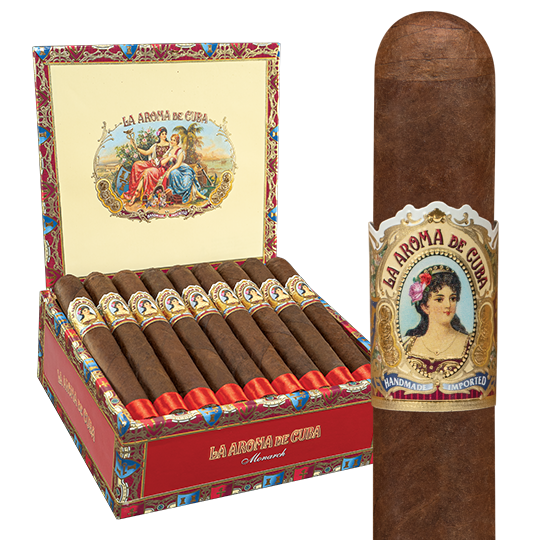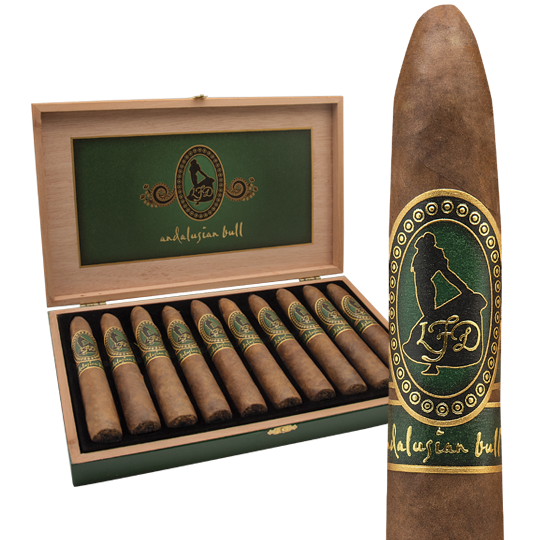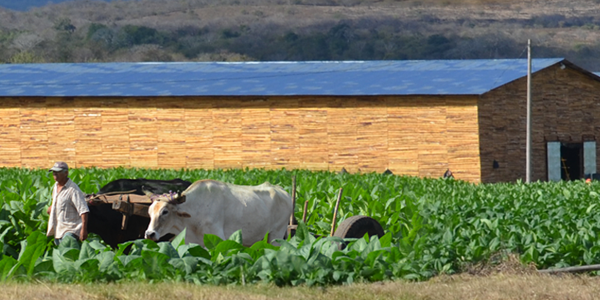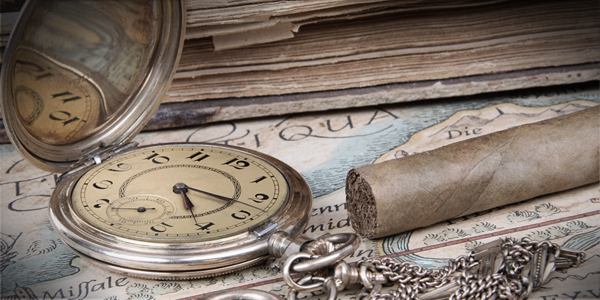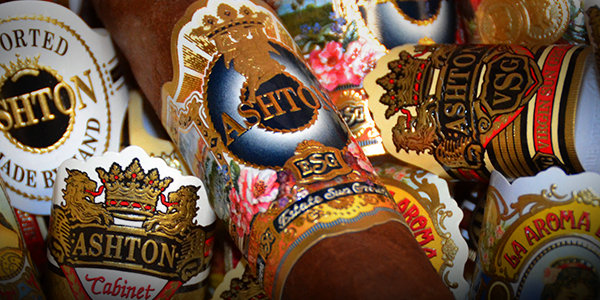Best Cigar Factories & Manufacturers In The World
Think of your favorite cigar as your favorite sports team. Wouldn’t you love to go see them at practice, at spring training? How about meeting the roller—your own MVP—who made your favorite smoke? Just like a winning team, there are a lot of hands, delicate skills, and hard work involved in making a great cigar. And there’s a lot of history.
In most cigar factory tours, you’ll be able to see the process from selection and deveining of the dried tobacco leaves to the rolling, color matching, banding and boxing of cigars.
We think you’d enjoy visiting these ‘fabricas’ should the opportunity arise. Contact the companies to find out what visits are available.
Piloto Cigars, Nicaragua (Padron Cigar Factory)
One of the industry’s best manufacturers, Padron is officially called Piloto Cigars, named for the Cuban town in the tobacco region of Pinar del Rio where the family’s first factory was established in the 1800s by Damaso Padron, the grandfather of Jose Orlando Padron. Today, there is a Damaso cigar made by Padron’s factory in Estelí, Nicaragua, that country’s own cigar town. Padron began using Nicaraguan tobacco in 1967. Jose Orlando once called Nicaragua the ‘second coming of Cuba.’ The factory in Estelí was opened in 1970, and is now a warehouse for the company’s aged tobacco. Bullet holes from the Sandinista revolution can still be seen on the outer walls and are a testament to the fortitude of the company and the city. A new 12,000-square-foot factory, with its signature yellow paint, opened in 2003 to meet the growing demand for this perennial favorite.
My Father Cigar Factory, Nicaragua
Jose ‘Pepin’ Garcia, began rolling cigars in Cuba at the age of 11. He spent 30 years as a master blender (for the Cohiba and Montecristo brands) and as a ‘torcedor,’ once rolling 320 ‘Julietas’ (a 7-inch by 48-ring-gauge cigar) in just four hours. In 2001, Pepin left Cuba for Nicaragua, then Miami. The first cigar Pepin made on his own was the Tatuaje brand for Pete Johnson in a small Miami space. The critical success of Pepin’s debut in the U.S. premium market led to their stewardship of the La Aroma de Cuba and San Cristobal brands, in addition to the expansion of their signature My Father portfolio. The exponential increase in demand for cigars blended by Pepin resulted in the need for a bigger factory. That led the Garcia family back to Nicaragua. The Estelí ‘fabrica’ was built in 2006 as a modern facility to look classic, with rural scenes painted on select walls. Pepin and his son, Jaime Garcia, oversee the production of a tremendous portfolio with numerous highly rated and award-winning cigars to their credit. The family has sustained magnificent growth in recent years with inspiring results.
Tabacalera A. Fuente Factory, Dominican Republic
The Fuente brand began in a familiar way. Arturo Fuente left Cuba for the United States. He set up a cigar factory in Tampa in 1912. After a move to Nicaragua in the 1970s where the factory burned down, the company resettled in Santiago, Dominican Republic. A fire there in 2011, during Hurricane Irene, left two warehouses full of prime tobacco in ashes. In 2016, Arturo’s son, Carlos Fuente, Sr., the company’s patriarch, passed away. The turmoil the company has experienced stands in contrast to what is arguably the most beautifully situated cigar factory in the world. From a gazebo, you can enjoy a cigar and look down on lush floral arrangements landscaped to depict the Fuente Fuente Opus X label and cigar. Today, the Fuente factory makes not only its own cigars, but produces the world-renowned Ashton brand, as well as top-shelf cigars for J.C. Newman, including Diamond Crown. See your favorite ‘Vitolas’ take shape in the Salon Hemingway or Salon Cubano.
La Flor Dominicana Factory, Dominican Republic
La Flor Dominicana’s owner, Litto Gomez, is unique among this group. Gomez is not Cuban. He was born in Spain and raised in Uruguay and his family was never in the cigar business. Gomez was a jeweler, but moved into cigars after being robbed of more than $400,000 in jewelry at gunpoint in Miami. The first name of his cigar company was ‘Los Libertadores,’ but in 1996, Gomez broke with his partner, and attributes much of La Flor Dominicana’s success to his wife, Ines Lorenzo. The two are elegant outsiders who have been embraced by an industry in which fathers teach each new generation the business. Gomez, who makes what is considered a ‘boutique’ brand, has moved from milder cigars to some of the boldest available as his own palate matured. Cigar Aficionado selected La Flor Dominicana Andalusian Bull as the 2016 Cigar of the Year. At the La Flor Dominicana factory in Santiago, visitors can relax in a raised sitting area among the rollers and, often with Gomez joining in, enjoy a cigar.
Partagás Factory, Cuba
If you’re visiting Cuba, the new Partagás factory is a worthy destination. The old one, largely in decay, is supposed to be renovated into a museum, but the La Casa del Habano (cigar store) there remains open. Partagás has about 200 rollers producing about 20,000 cigars a day. This large, white stucco building used to be the ‘Rey del Mundo’ factory. A highlight of the visit might be the quality-control room where machines test the draw of the cigars. The new factory has high windows, and ‘lectores’ (readers) who read the news to the ‘torcedores’ in the morning, then in the afternoon the subject matter turns to novels. This factory produces the Partagás, ‘La Gloria Cubana,’ Ramon Allones, ‘Quai d'Orsay’ and Bolivar brands.
Across the Border
Great cigars come from multiple countries today. It’s tough to choose which country makes the best cigars because you’ll find that the wrapper, binder, and filler crops are grown in one or more nations while a cigar may be manufactured in another country altogether. The bottom line is that great cigar-makers, regardless of where they’re located, go after great tobacco, regardless of where it comes from. And the cigars you smoke today reflect their obsession with creating cigars from the best tobacco they can get their hands on.

